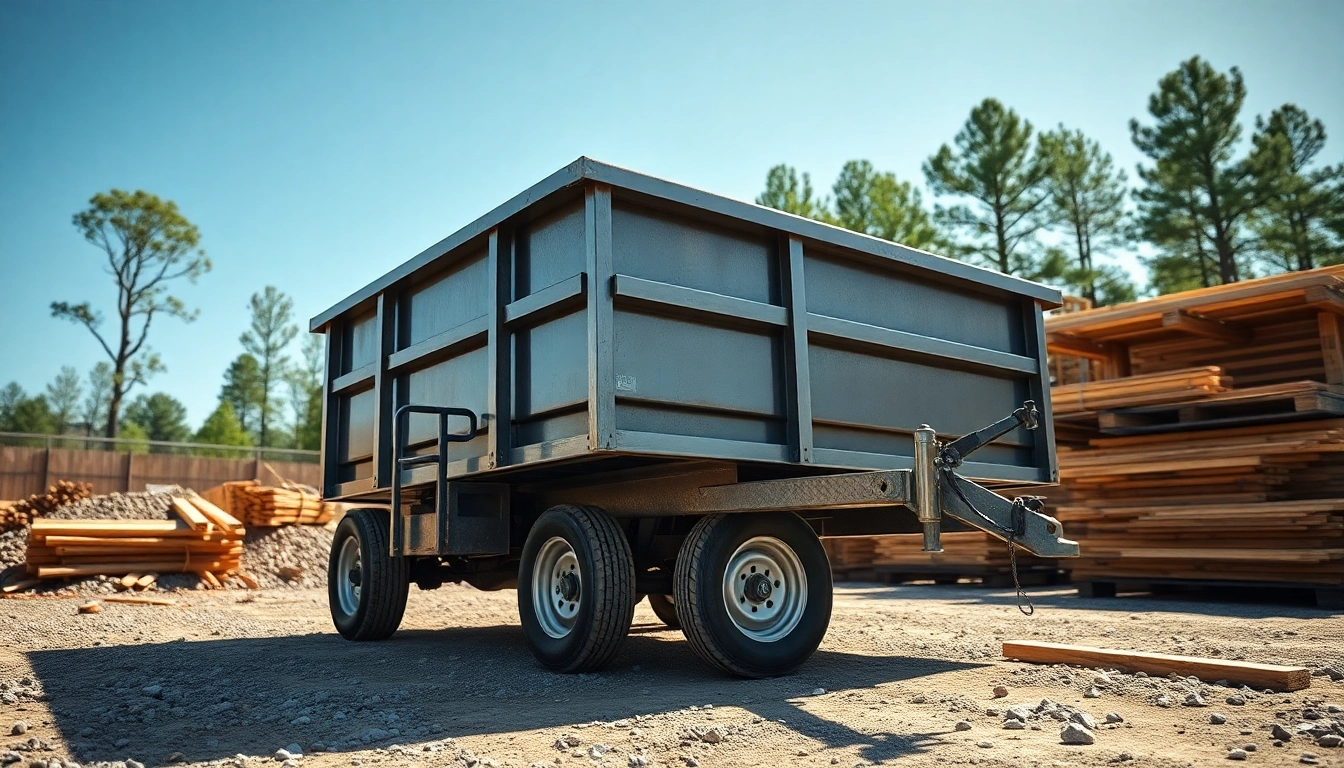Understanding Piping Stress and Its Impact
Piping stress management is a critical aspect of engineering that focuses on the various forms of stress experienced by pipes in various industries, including oil and gas, petrochemical, and water treatment. In any piping system, maintaining integrity and safety under operational conditions is crucial. As projects grow more complex and regulations become stricter, a dedicated piping stress company can provide the expertise needed to navigate these challenges effectively.
What is Piping Stress?
Piping stress is defined as the forces and moments that act on piping components due to various factors, including temperature changes, pressure variations, and external loads. These stresses can lead to deflections, vibrations, and, ultimately, failure if not properly managed. Understanding piping stress involves recognizing how these stressors affect the mechanical integrity of piping systems. Over time, increasingly sophisticated modeling and analysis techniques have been developed, allowing engineers to predict and mitigate stress conditions more accurately.
Types of Piping Stress
There are several principal types of piping stress, each of which engineers must understand to effectively analyze systems. The most common types include:
- Thermal Stress: This occurs when pipes expand or contract due to temperature fluctuations, impacting their integrity.
- Pressure Stress: Internal pressures from fluids create stresses that can affect the mechanical properties of the pipe material.
- Bending Stress: Resulting from the weight of the pipe or external loads, bending stresses can lead to flexural deformation.
- Combined Load Stress: This arises when multiple types of stresses act simultaneously, requiring comprehensive analysis to avoid failure.
Common Industry Standards
Dealing with piping stress requires adherence to established industry standards to ensure safety and performance. Some well-known standards include:
- ASME B31.3: Covers the design of process piping.
- ASME B31.1: Focuses on power piping methods.
- API 570: Relates to the inspection, repair, and alteration of in-service piping systems.
- EN 13480: European standard that outlines requirements for metallic industrial piping.
These standards often address allowable stresses, stress analysis methodologies, and material selection, providing engineers with a framework to ensure safety and reliability in piping systems.
Key Challenges Faced by Piping Stress Companies
Identifying Stress Points in Design
One of the primary challenges for any piping stress company is identifying potential stress points during the design phase. Failure to do so can result in significant operational problems down the line. Engineers must consider all loading conditions, including thermal expansion, seismic activity, and vibration, which can complicate the identification process. Advanced analytical tools, such as Finite Element Analysis (FEA), can assist in indicating areas where stresses will be concentrated.
Addressing Material Limitations
Each piping material has its unique properties and limitations regarding stress tolerance. The challenge lies in selecting materials that can withstand the anticipated stresses without compromising safety. Traditional materials may not perform well under extreme conditions, prompting engineers to consider alternatives like high-performance plastics or composite materials. Understanding the mechanical properties of different materials, along with their long-term behavior under stress, is crucial for creating resilient piping systems.
Mitigation Strategies for Stress Relief
Effective mitigation strategies are essential for managing piping stress successfully. Some approaches include:
- Utilizing expansion joints to accommodate thermal movements.
- Incorporating supports and hangers strategically to distribute loads efficiently.
- Applying stress-relief annealing for welded joints to reduce residual stresses.
- Using flexible piping systems where applicable to allow for movement without inducing excessive stress.
These strategies aid in prolonging the life of piping systems, reducing maintenance costs, and enhancing overall safety.
Best Practices for Piping Stress Analysis
Utilizing Advanced Software Tools
The use of advanced modeling software is a critical best practice for piping stress analysis. Programs like CAESAR II, AutoPIPE, and ANSYS can facilitate detailed simulations of piping behavior under various conditions. These tools provide engineers with the ability to:
- Analyze the effects of load combinations.
- Simulate different operational scenarios.
- Evaluate changes in materials and designs quickly.
By leveraging these tools, engineers can make informed decisions that enhance the reliability of piping systems.
Conducting Regular Inspections
Regular inspections are a cornerstone of effective piping stress management. Establishing a routine inspection schedule can help identify stress points early and reduce the risk of system failure. Key aspects of inspections include:
- Monitoring physical conditions for signs of wear, corrosion, or thermal expansion.
- Utilizing non-destructive testing (NDT) techniques to evaluate material integrity.
- Implementing performance metrics to track system behavior over time.
Proactive inspections allow for timely interventions, which can save substantial costs associated with repairs and downtime.
Team Collaboration in Stress Management
Successful piping stress management requires collaboration across various teams within an organization, including engineering, maintenance, and operations. Effective communication ensures that everyone understands the critical factors impacting piping stress. Techniques for fostering collaboration include:
- Holding regular interdisciplinary meetings to discuss stress-related issues.
- Encouraging knowledge sharing through training sessions.
- Utilizing centralized data management systems for easy access to information.
This collaborative approach can lead to more effective stress management practices, reducing the overall risk of piping failures.
Case Studies of Successful Piping Stress Solutions
Innovative Approaches in Heavy Engineering Projects
One noteworthy case is the implementation of innovative piping solutions in the construction of the Dubai Water Canal project. In this project, engineers faced unique challenges due to high thermal loads and seismic considerations. By utilizing advanced computational analysis tools and stress relief techniques, the project team successfully managed the piping stress, ensuring long-term performance. This case illustrates the importance of leveraging technology and creativity in addressing complex engineering challenges.
Lessons from Failed Piping Systems
Learning from failures is just as crucial as celebrating successes. The failure of the Piper Alpha oil platform in the North Sea in 1988 serves as a stark reminder of what can happen when piping stress is not adequately managed. The disaster was a result of a gas leak caused by a failed pipe connection—an event that was traced back to inadequate stress analysis. This tragedy underscores the importance of rigorous stress calculations and inspections, leading to rigorous reforms in safety practices across the industry.
Success Stories of Piping Stress Companies
Several companies have set industry standards in piping stress management. For example, XYZ Engineering developed a cutting-edge approach to thermal expansion management in nuclear power plants, significantly reducing operational hydrodynamic pressure fluctuations. This innovation did not merely address stress issues—it also enhanced operational efficiency and safety, positioning XYZ Engineering as a leader in the field and demonstrating the potential benefits of investment in advanced practices.
Future Trends in Piping Stress Management
Emerging Technologies in Stress Analysis
The future of piping stress management appears promising with the advent of emerging technologies. Machine Learning (ML) and Artificial Intelligence (AI) are starting to play significant roles in predictive maintenance and stress analysis. These technologies can analyze vast amounts of data from previous inspections and operational history to predict when and where piping stress issues may arise, allowing for more proactive management.
Regulatory Changes and Their Impact
Regulatory landscapes are changing as industries move towards stricter compliance standards regarding safety and environmental concerns. As regulations evolve, so too must the strategies used by piping stress companies. Adapting to new codes and standards will require ongoing education and flexibility in approach, ensuring that systems are designed not only for compliance but also for long-term sustainability.
Sustainability in Piping Construction and Maintenance
As sustainability becomes a priority across industries, piping stress management must account for environmental impacts. Using sustainable materials, reducing waste during the construction process, and enhancing energy efficiency are critical objectives for modern piping systems. Companies that successfully integrate these principles will not only comply with future regulations but will also appeal to environmentally conscious stakeholders.














Leave a Reply